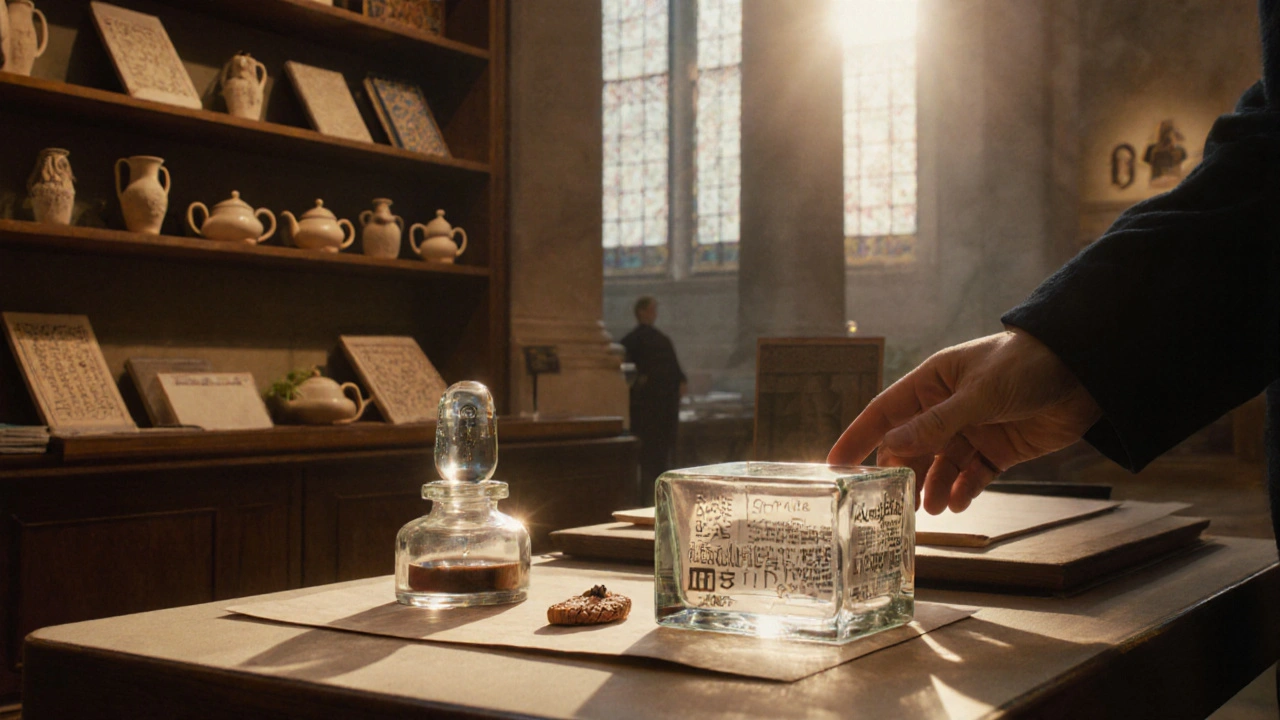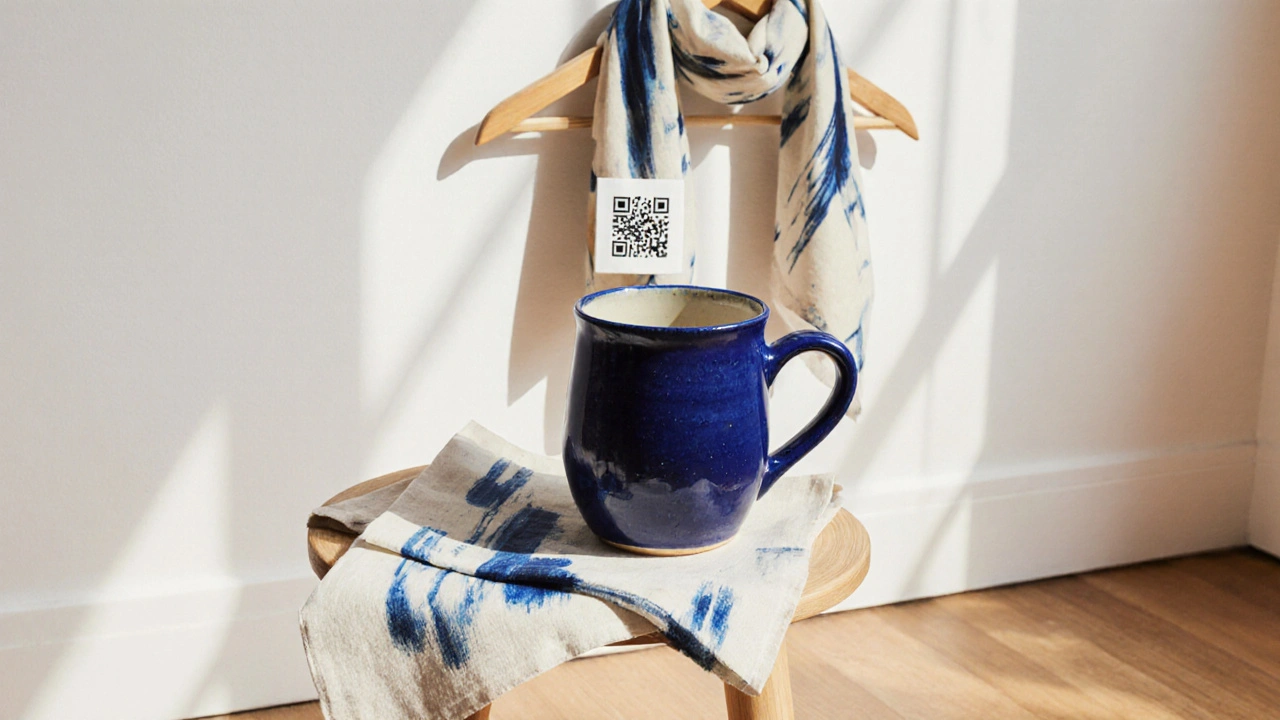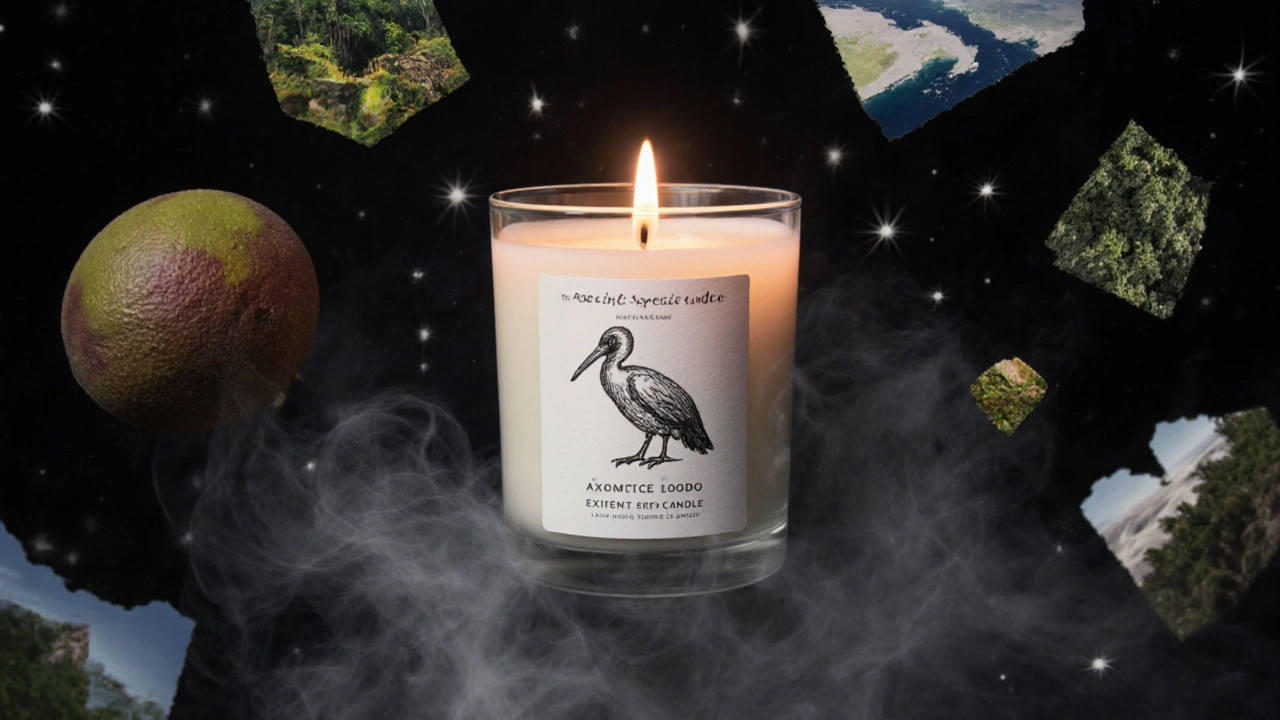
Walking through the halls of London’s museums, you’re surrounded by history, art, and wonder. But the real treasure? What you can take home. The gift shops in London’s museums aren’t just afterthoughts with postcards and keychains. They’re carefully curated spaces where culture meets commerce-and you walk out with something that actually means something.
It’s Not Just a Gift Shop. It’s a Memory Keeper.
Most people think museum gift shops are the same: overpriced magnets, cheap replicas, and plastic toys with the museum logo slapped on. That’s not true here. London’s best museum shops have evolved. They work with independent designers, local artisans, and even the museum’s own curators to create items that reflect the collection’s soul. You’re not buying a souvenir. You’re buying a piece of the story.At the British Museum, you won’t find generic Egyptian scarabs. Instead, you’ll find hand-carved replica amulets made by craftspeople in Cairo, using traditional methods. The packaging? Recycled paper with ink made from natural pigments. The price? Around £18. It’s not cheap, but it’s not mass-produced either. It’s the kind of thing you keep on your shelf and tell people about.
British Museum: Ancient Worlds, Modern Craft
The British Museum’s shop is a masterclass in thoughtful curation. Walk past the usual postcards and you’ll find a section called “Made in Britain”-a collection of items inspired by the museum’s collections but designed by UK-based makers. There’s a ceramic teapot shaped like a Roman amphora, glazed in ancient red ochre. A notebook with covers printed from original Assyrian relief patterns. A set of wooden dice based on Roman gaming pieces found in Londinium.One standout? The “Rosetta Stone” inkwell. It’s not a replica of the stone itself. It’s a small glass vessel, etched with the three scripts-Greek, Demotic, and Hieroglyphic-on its side. You fill it with ink and write with a dip pen. It costs £45. It’s not for everyone. But if you’ve ever stood in front of the Rosetta Stone and felt that chill down your spine? This is the thing you take home.
Tate Modern: Art You Can Live With
Tate Modern’s shop feels like stepping into a designer’s studio. It’s bright, minimalist, and full of things you’d actually want in your home. No fridge magnets. No tiny reproductions of Van Gogh’s sunflowers. Instead, you’ll find hand-thrown stoneware mugs glazed in shades of cobalt and burnt umber-colors pulled from the Paolozzi sculptures just down the hall. Or a set of linen napkins printed with abstract brushstrokes from a recent Turner exhibition.The shop partners with emerging British artists. One local textile designer turned fragments of a 1970s performance art piece into a limited-edition scarf. Only 120 were made. Each comes with a numbered certificate and a QR code linking to the original video. You don’t just own a scarf. You own a piece of living art history.
Natural History Museum: Science That Sparks Wonder
This isn’t your kid’s dinosaur plush. The Natural History Museum’s shop leans into curiosity. There’s a “Fossil Dig Kit”-not plastic bones, but real sediment from the Jurassic Coast, with embedded ammonite fragments you can gently brush out. It comes with a magnifying glass and a guide written by the museum’s paleontologists. £22. Kids love it. Adults? They buy it for their own desks.Then there’s the “Extinct Species” candle. Each one is scented to match a lost ecosystem: the Amazon rainforest, the Arctic tundra, the Dodo’s island home. The wax is soy-based, the wick is cotton, and the label features a hand-drawn illustration of the species. The Dodo candle? Smells like ripe guava and damp earth. It’s £28. It’s not a candle. It’s a quiet protest against extinction.

V&A Museum: Design That Speaks
The V&A is the world’s leading museum of art, design, and performance. Their shop reflects that. You’ll find jewelry inspired by William Morris’s floral patterns, printed on recycled silk. A set of porcelain coasters based on 18th-century chinoiserie, glazed with gold leaf. A notebook with covers made from original wallpaper samples from the 1870s.One of the most talked-about items? The “Makers’ Tool Kit”. It’s a wooden box with 12 hand-finished tools: a brass ruler, a carbon-steel stylus, a leather-bound sketchbook. Each tool is modeled after those used by designers in the museum’s archives. It’s £150. It’s not a gift. It’s a declaration. You’re saying: I value craft. I respect process. I believe in making things well.
Victoria and Albert Museum: Design That Speaks
The V&A is the world’s leading museum of art, design, and performance. Their shop reflects that. You’ll find jewelry inspired by William Morris’s floral patterns, printed on recycled silk. A set of porcelain coasters based on 18th-century chinoiserie, glazed with gold leaf. A notebook with covers made from original wallpaper samples from the 1870s.One of the most talked-about items? The “Makers’ Tool Kit”. It’s a wooden box with 12 hand-finished tools: a brass ruler, a carbon-steel stylus, a leather-bound sketchbook. Each tool is modeled after those used by designers in the museum’s archives. It’s £150. It’s not a gift. It’s a declaration. You’re saying: I value craft. I respect process. I believe in making things well.
What to Avoid
Not every museum shop is worth your time. The National Gallery’s shop, for example, still pushes a lot of mass-produced prints with cheap frames. The Imperial War Museum’s shop has too many military-themed keychains and plastic helmets. You’ll find better souvenirs at the gift shop in the nearby Imperial War Museum North in Manchester-smaller, smarter, and more thoughtful.Rule of thumb: if it’s under £10 and has the museum logo on it, skip it. If it’s made by hand, uses natural materials, or tells a story beyond “I went to the museum,” it’s worth it.

How to Shop Smart
- Go late. Most tourists leave by 4 PM. The shops quiet down after 5. Staff are more relaxed. You might get a discount if you ask nicely. - Check online first. Many shops have exclusive online items you can’t find in-store. The Science Museum’s “Rocket Propellant” soap-made with real rocket fuel scent-is only available online. £14. Yes, it smells like burnt metal. Yes, it’s amazing. - Look for limited editions. The Design Museum releases a new collaboration every season. Last month, it was a set of enamel pins based on 1960s British typography. Only 200 made. Sold out in three days. - Ask the staff. They’re often curators, designers, or former interns. They know what’s special. Ask: “What’s something you wish more people knew about?” You’ll get the real insider picks.Why This Matters
Buying from museum shops isn’t just shopping. It’s support. Every purchase helps fund exhibitions, conservation work, and educational programs. That £30 vase you bought? It might help restore a 2,000-year-old Roman mosaic. That £18 candle? It funds a free school workshop on climate science.You’re not just taking something home. You’re helping keep the museum alive.
Are museum gift shops in London expensive?
Some items are pricey, but many are surprisingly affordable. You can find hand-printed cards for £5, small ceramics for £12, and notebooks for £8. The expensive pieces-like the V&A tool kit or limited-edition art prints-are meant to be keepsakes, not impulse buys. Most shops have a “under £20” section with thoughtful, well-made items.
Can I buy museum souvenirs online?
Yes, all major London museum shops have online stores. Some items, like the Science Museum’s rocket fuel soap or the Natural History Museum’s fossil dig kits, are only available online. Shipping is usually £5-£7 within the UK, and many shops offer free delivery over £50.
Do museum gift shops sell authentic artifacts?
No. Selling original artifacts is illegal and unethical. What you’re buying are reproductions, inspired designs, or items made by contemporary artists using traditional techniques. These are not fakes-they’re thoughtful interpretations created with permission from the museum and often in collaboration with their experts.
Which museum has the best gift shop for kids?
The Natural History Museum wins here. Their fossil dig kits, dinosaur building blocks, and science experiment sets are both fun and educational. The Science Museum also has great interactive toys-like a wind-up robot based on 1920s designs. Avoid the toy-heavy shops like the London Transport Museum unless you’re looking for something very specific.
Are museum gift shops open on holidays?
Most are open on public holidays, but hours are reduced. Christmas Day and New Year’s Day are the only days they’re closed. Check the museum’s website before you go. Some shops stay open later on weekends and during school holidays, so it’s worth planning ahead.